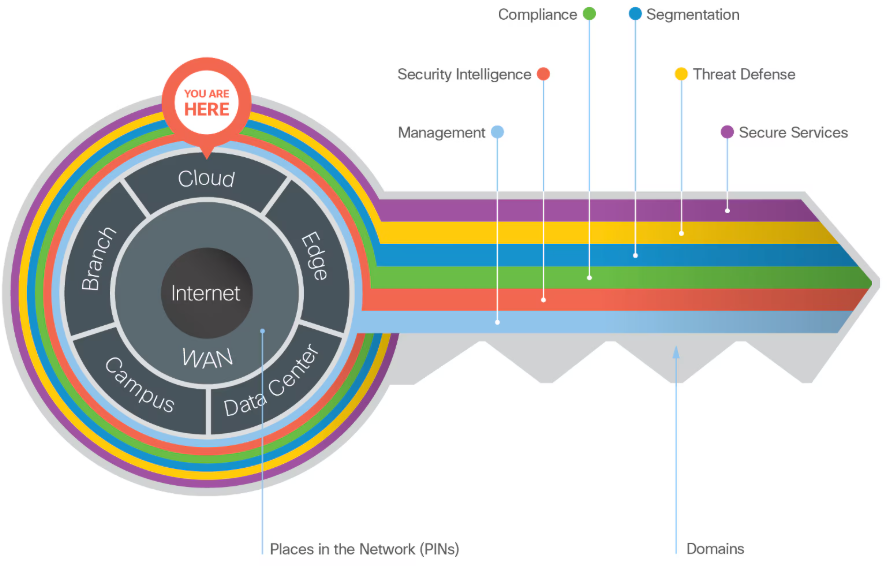
The Evolution of Cloud Networking: Architecture, Technologies, and Security
Cloud networking has revolutionized the way networks are built and managed. It leverages cloud computing concepts to provide flexible, cost-effective, and scalable network infrastructure and services. This guide takes a deep dive into the world of cloud networking, exploring its architecture, key technologies, security challenges, and real-world applications.
Cloud Networking Architecture
At the heart of cloud networking is the concept of virtualization, which abstracts physical network resources and delivers them as on-demand services. Cloud network architecture typically includes the following essential elements:
- Virtualized Infrastructure: Cloud networking relies on virtualized infrastructure, which transforms physical components like routers, switches, and firewalls into virtual entities. This enables dynamic management and allocation of network resources based on demand.
- Software-Defined Networking (SDN): SDN plays a critical role by providing centralized control and programmability over the network. By separating the control plane from the data plane, SDN enables dynamic network configuration and optimized traffic flow, improving network efficiency.
Benefits of SDN:
- Better Connectivity: SDN enhances network connectivity, making sales, internal communication, and data sharing more efficient.
- Quicker Application Deployment: It speeds up the rollout of new applications and services.
- Improved Security: SDN allows administrators to create distinct security zones for devices with different security requirements, increasing overall visibility and control.
- Network Function Virtualization (NFV): NFV allows software-based instances of network functions (such as firewalls and load balancers) to run on standard hardware. This technology improves scalability, flexibility, and cost-efficiency in deploying network services.
- Virtual Private Clouds (VPCs): VPCs offer isolated virtual networks within a public cloud infrastructure, enabling businesses to apply their own security rules while benefiting from the cloud’s scalability and agility.
- Edge Computing: With the rise of real-time applications and IoT devices, edge computing is becoming increasingly important. By processing data closer to end users or devices, it reduces latency and conserves bandwidth.
Key Technologies in Cloud Networking
Several technologies support the functionality and scalability of cloud networking:
- Virtualization: Virtualization technologies such as hypervisors and container platforms allow for the creation of virtual network devices and services, making resource management more efficient.
- Software-Defined Networking (SDN): SDN controllers help manage and orchestrate network infrastructure, enabling dynamic configuration and policy enforcement.
- Network Function Virtualization (NFV): NFV allows for on-demand, scalable network services by virtualizing traditional network functions. OpenStack and VMware NSX are examples of NFV platforms.
- Container Networking: Platforms like Kubernetes and Docker Swarm provide networking features that support communication between containers and allow for service discovery within containerized environments.
- Software-Defined Wide Area Networking (SD-WAN): SD-WAN improves the performance and connectivity of branch offices and remote sites by dynamically routing traffic over multiple WAN links.
Cloud Networking Security Considerations
Security is a crucial concern in cloud networking, given its shared and dynamic nature. Key security elements include:
- Data Encryption: Encrypting data both during transit and at rest is essential to prevent unauthorized access. Common encryption protocols in cloud networks include IPsec and TLS.
- Identity and Access Management (IAM): Strong IAM policies and controls, such as role-based access control (RBAC) and multi-factor authentication (MFA), ensure that only authorized users and devices can access cloud resources.
- Network Segmentation: Segregating network traffic into isolated segments using VLANs or security groups helps contain potential breaches and limit lateral movement across the network.
- Continuous Monitoring: Continuous monitoring of network traffic and logging of security events help detect and respond to incidents early. Security Information and Event Management (SIEM) platforms provide centralized logging and analysis to facilitate this process.
Real-World Applications of Cloud Networking
Cloud networking is applied across various industries and use cases:
- Business Networking: Companies use cloud networking to build scalable, resilient networks that enable remote work and connect distributed offices.
- Content Delivery Networks (CDNs): CDNs use cloud networking to cache content at edge locations, improving performance and reducing latency for global users.
- IoT and Edge Computing: Cloud networking supports real-time applications and data processing at the network edge, making it possible for IoT devices to communicate and process data efficiently.
- Telecommunications: Telecom providers leverage cloud networking for services like SD-WAN, VPNs, and VoIP, improving connectivity and flexibility.
Conclusion
Cloud networking offers unprecedented scalability, flexibility, and agility, allowing businesses to build and manage network infrastructure in a more efficient way. With the help of virtualization, SDN, NFV, and other essential technologies, organizations can create robust and secure networks that meet the demands of modern digital operations. However, to ensure the safety of sensitive data in the cloud, it’s important to implement strong security measures and follow best practices. As cloud adoption continues to grow, cloud networking will play a key role in shaping the future of networking services and infrastructure.













